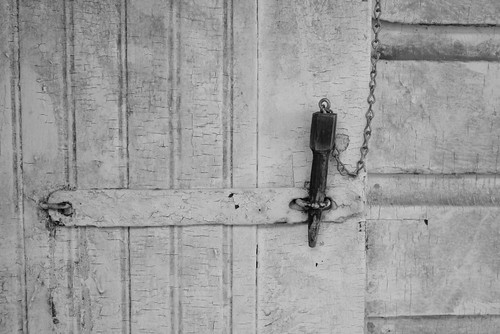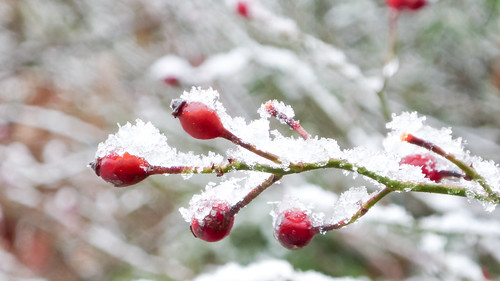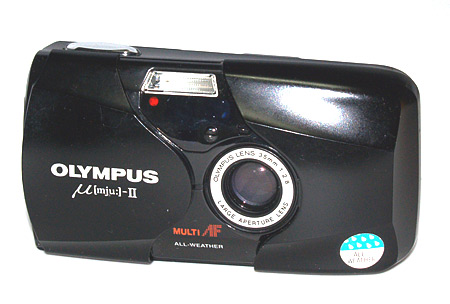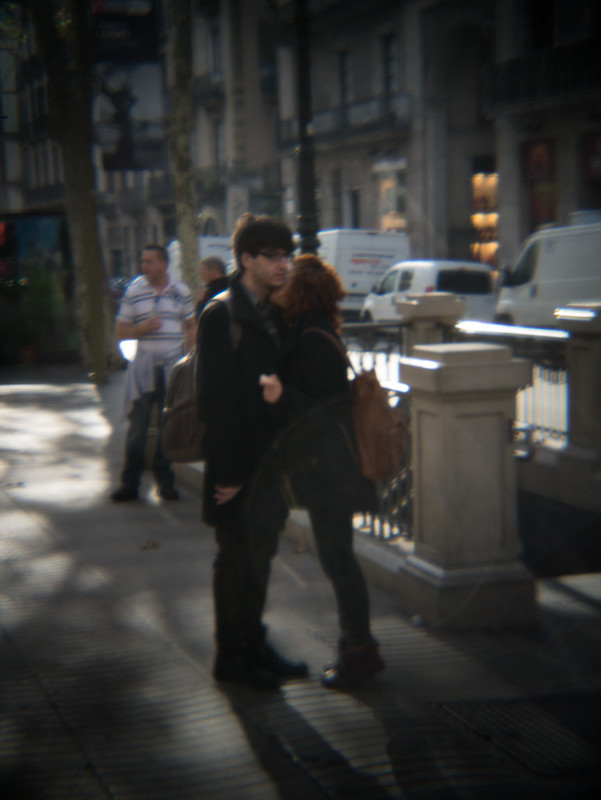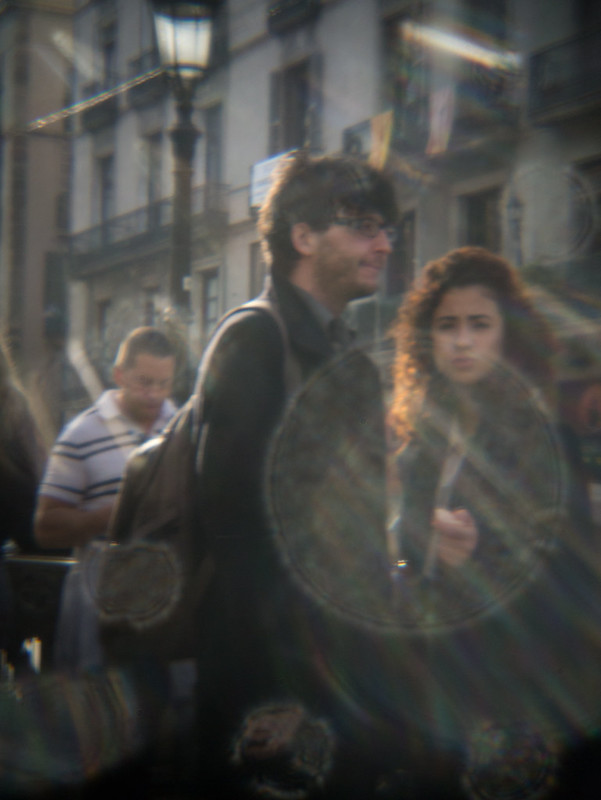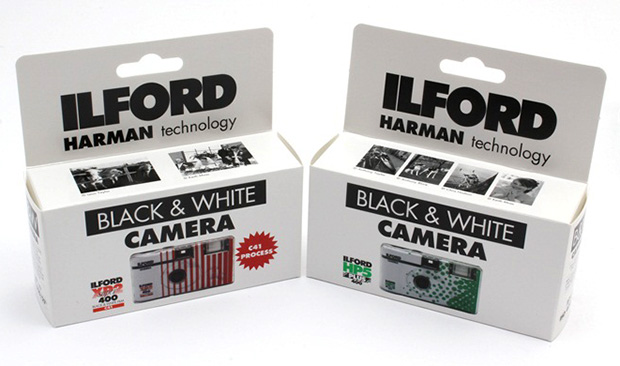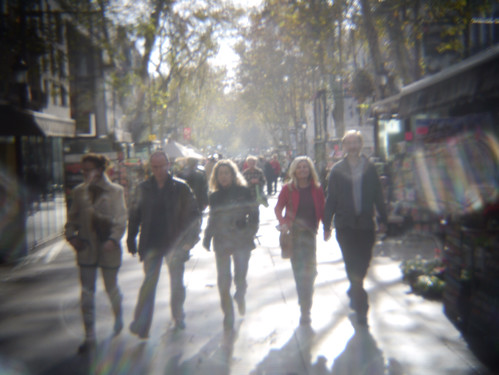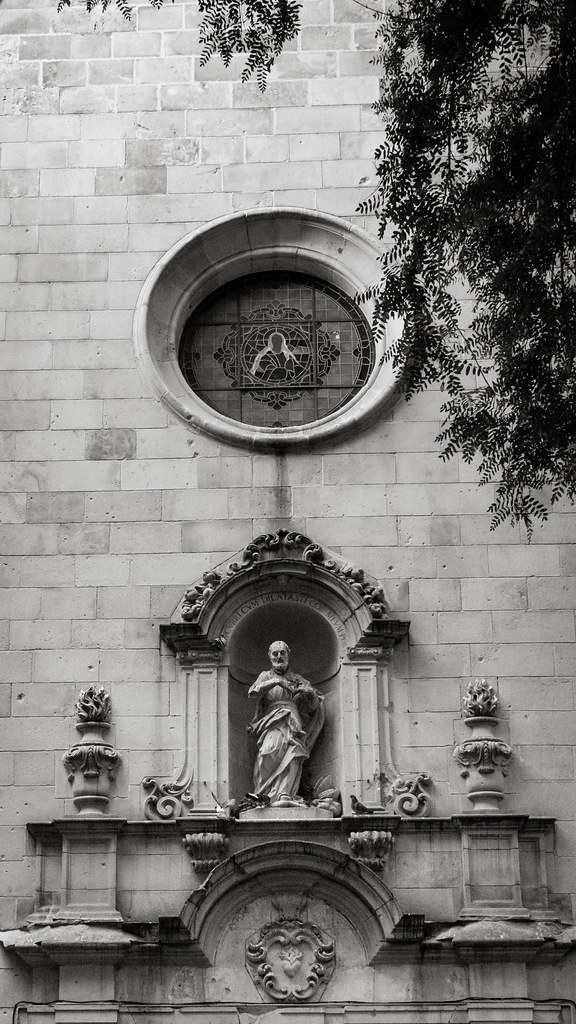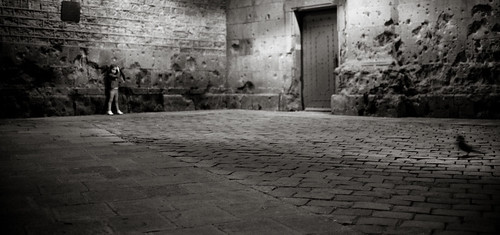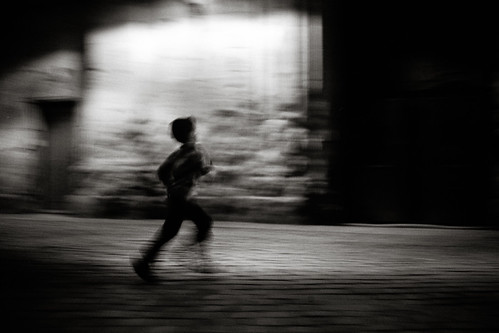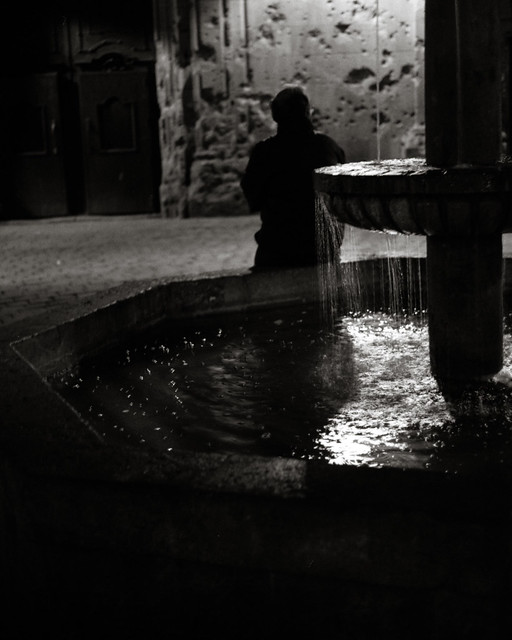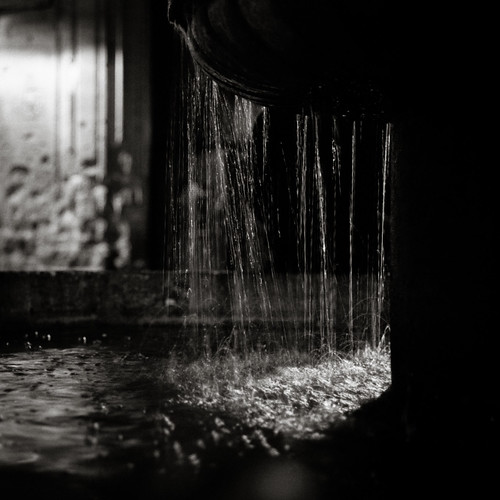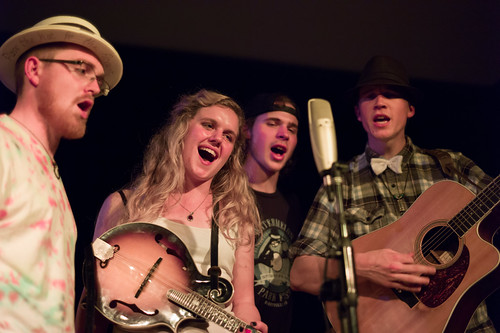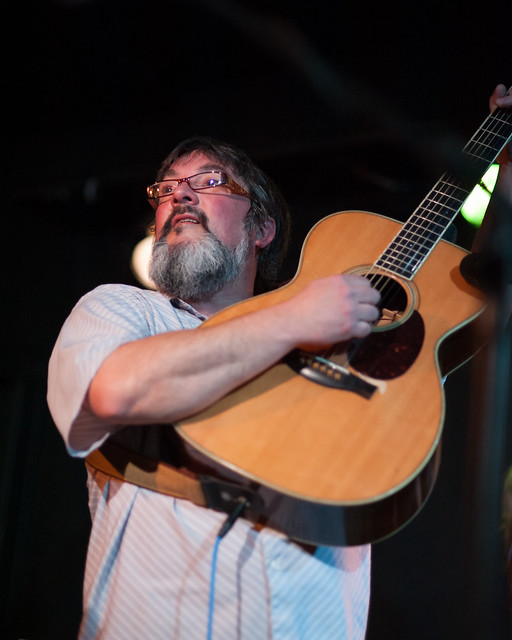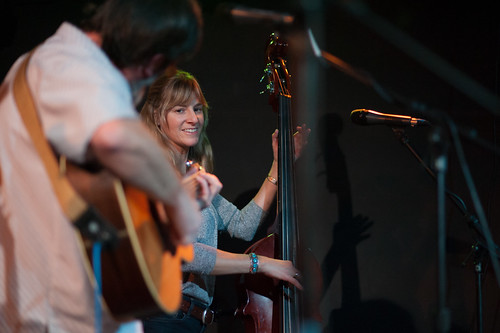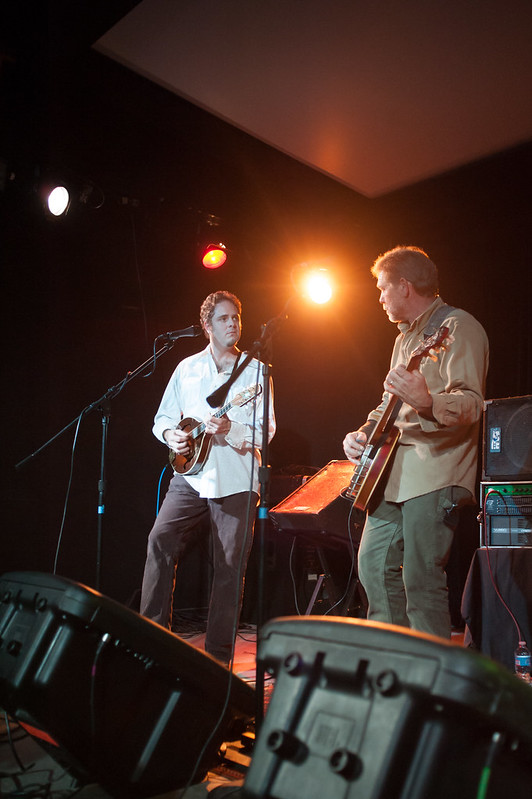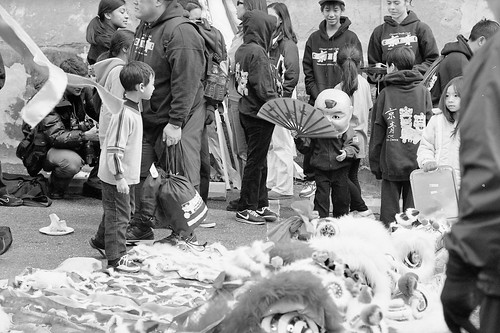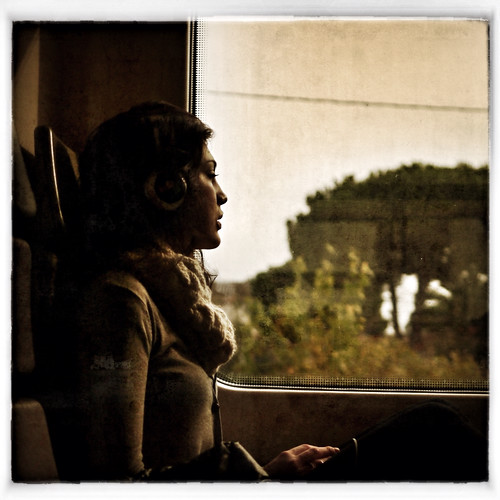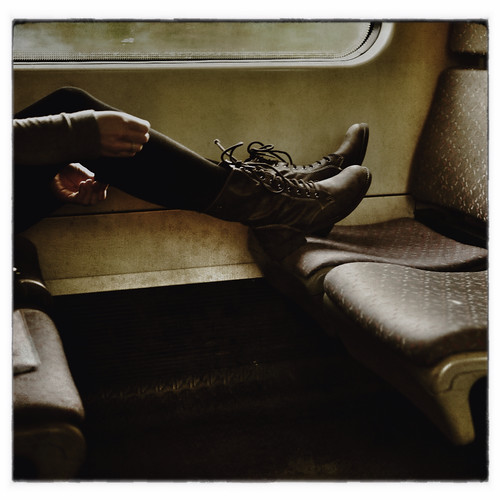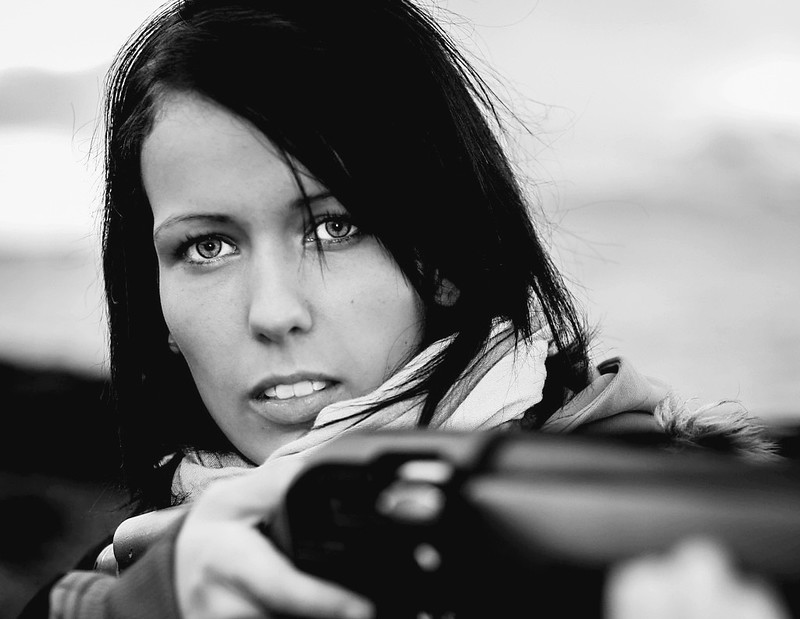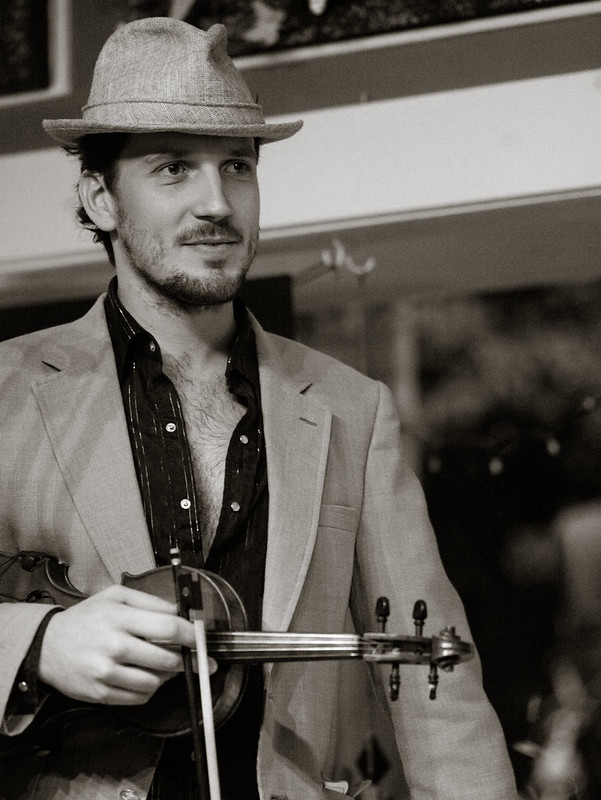Door on Antietam Farm Building, by Reed A. George
Panasonic Lumix DMC-G1, Lumix 20mm f1.7 Lens
iso 100, f3.5, 1/200 sec
Trevor Saylor has posted a piece on Japan Camera Hunter about how to think about and start photo projects.
(Click Here) to read Trevor's thoughts on Japan Camera Hunter
Here are the major points, and my thoughts on them (in italics):
- One approach is to prospectively define the scope of your project, then go out and shoot it. Trevor believes that this can be limiting, causing you to miss some great off-topic shots. I can understand what Trevor means here. For example, if you're out shooting about the plight of our natural places, it may be hard to feel and capture a beautiful landscape. On the other hand, if you don't get in the mood (positive or negative) about your topic, how can you capture anything great? I guess this goes to my current thinking, which is that I don't have to catch every shot; I have to make the ones I do catch great.
- Another approach is just to shoot what you like. We've all done this. The challenge is to find a way to make something cohesive out of it.
- Constraints are good. Trevor shares the example of a summer job project, with a limit of 100 days. I couldn't agree more. A time limit is great, as is an equipment limit, number of shots limit, or just about any other limit. I think this also applies to the first point above. A scope limit or constraint is helpful in focusing the mind.
- Making a project end is hard. Totally. They don't all have to end. Some can go on for a lifetime. But, some of them must end, or you never get anything finished, done, completed.
- Trevor talks a little about equipment. He makes the point that it's usually good to stick with one equipment set or approach. Otherwise, the mix of styles can be confusing to viewers. Well, I fail in this regard, epically, as my daughter would say. I know he didn't mean it as a hard and fast rule. Shooting the same project with a range of equipment sometimes brings the topic back to life for me. However, as I said above, limiting your equipment can be a good constraint for a project. So, I understand and respect the concept, but don't always put it into practice.
- You must cull your images, keeping (or at least showing) only the very best. Agreed. And it's hard to do.
- Don't fall in love with an image. Trevor's point here is that your favorite image may just simply not fit the scope of the project. Don't force it in. Again, I understand Trevor's point. But, if I didn't fall in love with an image here and there, I wouldn't bother to shoot. For example, the shot above was taken in the course of my Civil War project. Yes, it's from Antietam, site of a major battle in the war, and is a period-style building, but it really has little else to do with the war. But, I love it. I'll drag it out every chance I get. That's what photography is about for me. Much of the rest of life has to be cold and calculating, not my photography.
- Get critique from others. Yes. I don't always do this. It can make that image culling much easier when another person says "eh, not so much." I find that sometimes my own experience and memories surrounding the capture of an image influence how much I like it. Viewers can't share that with you. The images have to stand on their own, unless you have the chance to supply some words with them.
So, Trevor's article is a good thought-provoker. As we near the end of 2012 (oh, and Merry Christmas, by the way), it's worthwhile to think again about the process of pursuing photo projects. My big one this year has been live music, and it's been great. I've made a lot of good friends this year in the course of attending and shooting shows, and hopefully made a few great images. That particular project will go on for a long time. I enjoy every part of it, and see no reason to end it. However, I should challenge myselft to take on and FINISH some smaller projects.
DMC-365.blogspot.com
